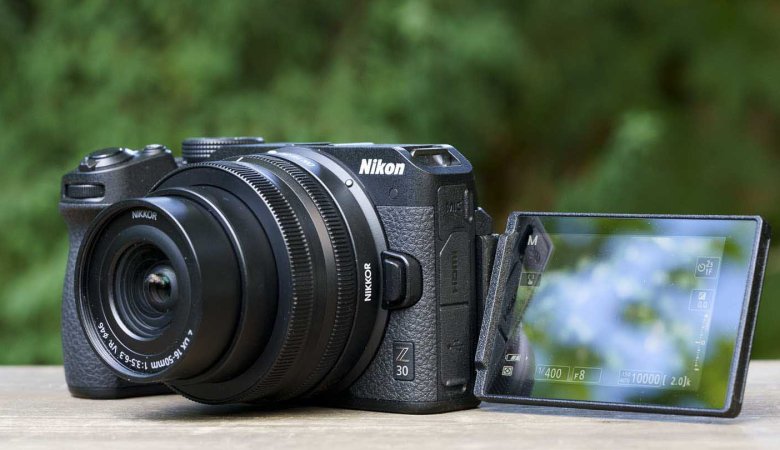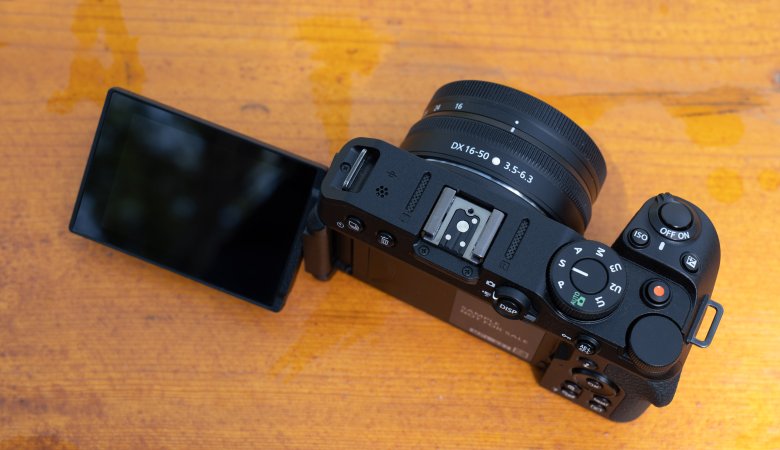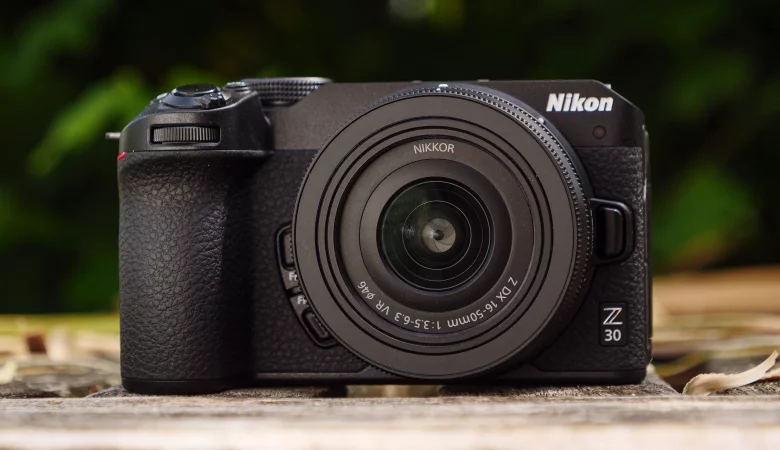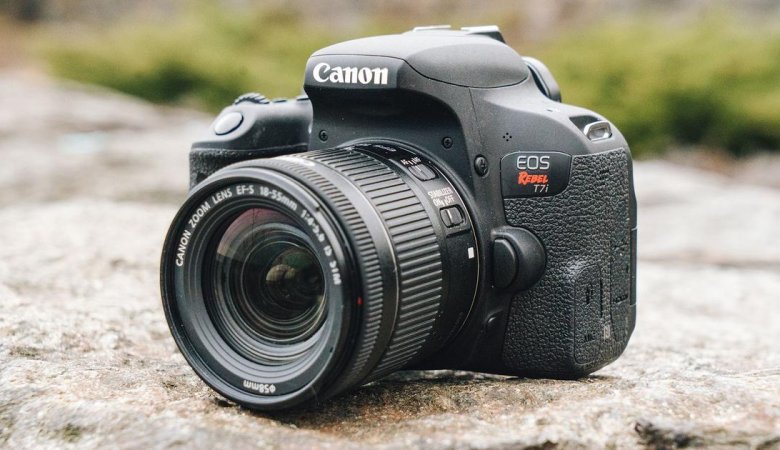Canon cameras are one of the favorites among photographers, especially newcomers, because of their high image quality and user-friendly features. However, like any electronic item, beginner-level Canon cameras may occasionally experience problems that frustrate first-time users.
Whether you use a Canon DSLR or a mirrorless camera, knowing how to solve typical issues will help you save time and guarantee a smooth photogenic experience. We will examine frequent problems that Canon cameras for beginners may experience and offer step-by-step answers in this detailed tutorial.
This article will help you in many ways. If you face frequent issues, follow these simple steps to recover them.
So what are you waiting for? Clear all your doubts and enjoy your photography/videography journey.
Ways to Troubleshoot Common Problems of Canon Cameras
1. Images Are Blurry or Out of Focus
Images are blurred even though the subject appeared sharp when the snapshot was taken.
Solution
- Always check the focusing settings on your camera. Ensures that it is set to continuous Autofocus (AF-C) for moving subjects and Single Autofocus (AF-S) for stationary subjects.
- Smudges or dirt on the lens might reduce the sharpness of the image. The front and back lens elements should be gently cleaned using a microfiber cloth.
- Make sure the appropriate focus points are chosen. For accurate focusing, beginners are frequently advised to use the central focus point. Press the shutter button halfway before shooting the picture to allow the camera to lock focus on the subject. By doing this, accurate focus and sharp photos are ensured.
2. The Camera Won’t Turn on Or Power Off
Your Canon camera won’t turn on or power off despite pressing the button.
Solution
- Make sure the battery is charged all the way and is currently put into the camera. Charge the battery with the genuine Canon battery charger if it is low on power.
- Check for any corrosion or dirt on the battery contacts on the battery and in the camera. If required, gently wipe the contacts with a soft, dry cloth.
- Make sure the battery door is shut tightly. If the battery door is not closed correctly, some Canon cameras contain a safety function that prevents the camera from turning on.
- Hold the power button for a few seconds to switch off the camera. Try removing and reinserting the battery to see if that helps.
3. SD Card Mistakes
Even when the SD Card is inserted, your Canon camera displays error warnings about the card, such as the card cannot be read, or the card is full.
Solution
- Make sure the card you’re using with your Canon camera is compatible. For advice on suitable SD Card kinds and capabilities, consult the camera’s user handbook.
- Try formatting the card in the camera if the card is having trouble being read. Please make a backup of your files first because formatting the card will wipe all the data.
- A physical lock switch is located on the side of some SD cards. Before placing the card into the camera, make sure the lock switch is in the unlocked position.
- If the problem still exists, try a different SD card to determine whether the issue lies with it.
4. Error Messages Problem
On the LCD screen of your Canon camera, error messages such as Error 99, Err 02, or Busy are displayed.
Solution
- To comprehend the precise problem message and associated troubleshooting instructions, see the user manual that came with your camera.
- Check the battery’s level to ensure the user manual that came with your camera.
- Check the battery’s level to make sure it is fully charged. Low battery levels can result in some error messages.
- Remove and firmly reattach the lens to the camera. Sometimes, error messages might be brought on by lousy lens connections.
- To ensure a solid connection, clean the electrical contacts on the lens and the lens’s mount contacts on the camera.
5. Photos that are Overexposed or Underexposed
Despite good lighting, your images are frequently either overexposed or underexposed.
Solution
- Check your camera’s exposure compensation settings.
- For brighter images, set the exposure compensation to a positive number like (+1); for darker scenarios, set it to a negative value (-1).
- Check your metering mode to ensure it is suitable for your subject. For Canon cameras, evaluative metering is a wise all-around option.
- If you’re uncomfortable with manual settings, select auto mode (the green square on the mode dial), and the camera will handle exposure adjustments.
- After snapping a picture, check the histogram on the camera’s LCD screen. A balanced histogram indicates a properly exposed photograph.
6. Flash Not Firing Issue
Even in dim lighting, the internal or external flash does not activate when you take a picture.
Solution
- Ensure the flash is on and not in off or flash-disabled mode.
- In well-lit solutions, the camera might not fire the flash. To activate the flash in low light situations, switch to aperture priority (Av) mode and choose a large aperture.
- Ensure your external flash is firmly fastened to the camera’s hot shoe if you’re using one.
- Allow the flash to recharge in between pictures, according to the flash-ready indicator. The flash-ready hand will turn on when the moment is prepared to fire.
Conclusion
Having technical difficulties when using Canon cameras is typical for beginners, but with the appropriate troubleshooting strategy, these problems may be fixed quickly and effectively. You can have a flawless photography experience with your Canon camera by becoming familiar with its settings and following detailed instructions for frequent issues.
Always refer to the user handbook for your camera for detailed instructions, and if necessary, seek expert help from Canon’s customer care or accredited service facilities.
Troubleshooting problems can be a worthwhile learning experience that will improve your photography abilities and broaden your comprehension of the possibilities of your Canon camera.
Frequently Asked Questions
Can Beginners Use a Canon DSLR Lens with Canon Mirrorless Cameras?
Canon DSLR lenses can be utilized with compatible EF-EOS R mount adapters in Canon mirrorless cameras.
How to Fix Fuzzy Photos on Canon Cameras?
To improve focus, check focus points, clean the lens, ensure proper autofocus settings, and partially depress the shutter button.
Why Does My Canon Camera Still Display the Card Full Even When My SD Card Is Empty?
Try formatting the SD card in the camera and using a suitable one. Also, make sure the card lock switch is not locked.







Leave a Reply